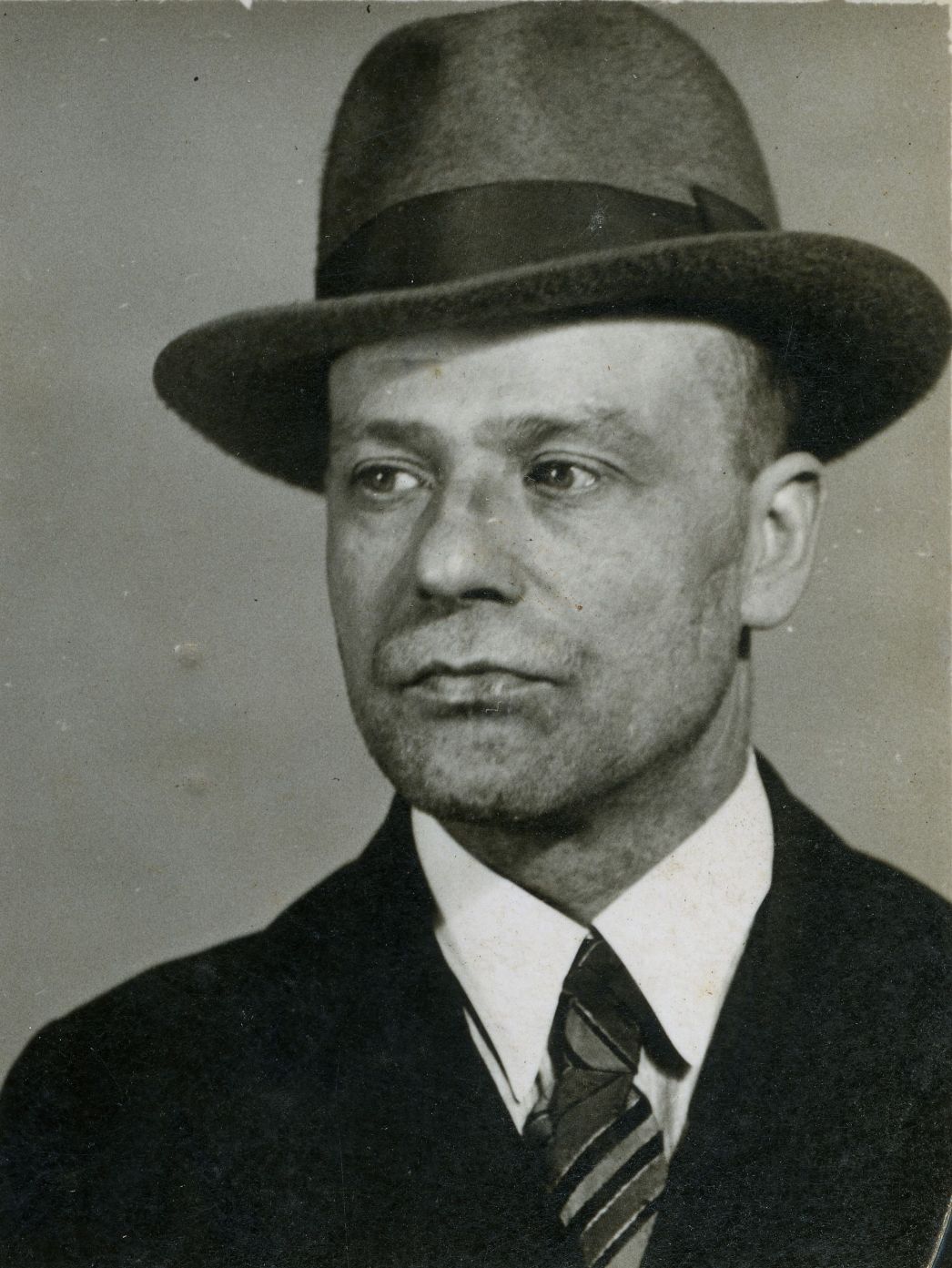Transcript
Narrator “Prison and security detention for Volksschädling”: Thus read the headline of the Kölner Stadtanzeiger on the 14th of December 1941. Two days prior, the special court in Cologne had sentenced 51-year-old Wilhelm Billotin to 10 years in prison or, as it says, to as long as it would take for him to be “corrected”.
But Billotin died 18 months later in the Buchenwald concentration camp. How did this come to pass?
Wilhelm Billotin had got into trouble with the law several times. He came from a large family and did not have formal professional training. He had served in the First World War as a soldier for four years, returning wounded. He married, had a son, and then his marriage fell apart.
In the Cologne of the 1920s, he failed to gain a foothold. He got by as an unskilled labourer, was often out of work, stole bicycles, motorcycles and other things, got caught and was sentenced several times. The police and the justice system soon considered him a “habitual thief”. For this reason, he was sent to a concentration camp in 1937 for several months.
When the Second World War began, the justice system stepped up the persecution of thieves drastically. Even petty criminals were now declared a threat to the public, labelled “Volksschädling” and punished severely.
At the end of 1941, Billotin was on trial again for minor blackmailing and fraud. The judges were quick to apply the more severe possibilities of punishment. Billotin’s case was made into a public trial, to serve as a deterrent to society at war. It was in this way that a thief was turned into a “dangerous habitual criminal” who had to be locked away permanently. His chances of regaining freedom were small.
Wilhelm Billotin was one of more than 10,000 “preventive custody inmates” who were supposed to remain in prison forever. Yet this was not enough for the Nazi leadership. In the summer of 1942, Hitler ordered Thierack, the new Reich Minister of Justice, to transfer men like Billotin to concentration camps. They were to be “exterminated” through forced labour, as it was put in the agreement with the SS.
“security detention inmates” were handed over to concentration camps beginning in 1942. Wilhelm Billotin was among the first to be deported from the Waldheim prison to Buchenwald in late December 1942. Around 2300 further inmates of that group were sent before the end of 1944. In the camp they were marked with a green triangle and the letter “S”.
In Buchenwald the SS assigned “security detention inmates” to the harshest detachments. Many of the men died after a short time. Wilhelm Billotin, too, survived less than 200 days. It can’t be ascertained today which kind of labour he was forced to perform; however, his death is documented. On the 22nd of July 1943, he died in the inmates’ infirmary of “acute circulatory failure”.


